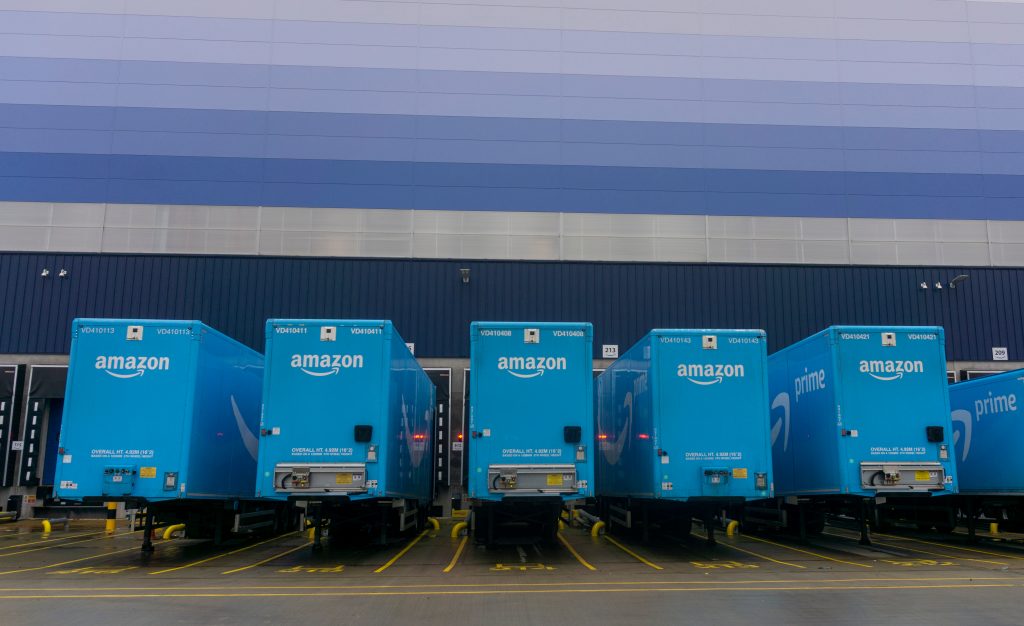To achieve 5-star customer service in eCommerce marketplaces, you’ll need a combination of great products, competitive prices, available inventory, fast response times, and the ability to deliver the products within promised delivery times. Prior to 2021, the ability to deliver products was almost a given because online businesses could count on product availability and reliable ship times. Those days are long gone, and eCommerce success now requires distributors like Temporary Power Supply to be able to control their own destinies when it comes to product delivery.
One of the best examples of this is, you guessed it, Amazon. In 2014, long before the current logistics crisis, Amazon started building warehouses and its own network of trucks and vans. It now has over 40,000 semi-trucks and 30,000 delivery vans. Amazon learned the hard way that depending on 3rd party logistics companies such as FedEx and the US Postal service proved to be unreliable, and greatly reduced customer service. Depending on 3rd party sellers who listed products on the Amazon platform also reduced customer service, because Amazon had to trust that these resellers would process and ship products in a timely manner. Often times they did, but far too often they shipped products late, incorrect, or not at all.
This led Amazon to begin building their own warehouses, stocking and fulfilling 3rd party sellers’ products through a service now known as FBA, or fulfilled by Amazon. FBA functions by stocking the 3rd party resellers’ products at one of their warehouses and charging a fee for the square footage of space the products take up.

Most distributors don’t have $10 billion to invest in warehouses, trucks, and vans. The good news is, by focusing on their core products and services they don’t have to. Amazon sells over 353 million products (including 3rd party resellers), which requires a tremendous amount of resources to fulfill. By focusing on core products and services, eCommerce sellers can achieve the same level of service as Amazon by stocking products with the longest lead times and products that sell quickly, and by positioning warehouses in strategic locations to minimize the time from shipment to delivery. Of course, stocking products requires an investment in warehouse space and inventory, but the alternative is depending on what we’ve already determined to be an unreliable supply chain. Such unreliability leads to poor customer service which can cost a company far more than inventory, rent, or a mortgage.
One advantage that Amazon’s eCommerce platform incorporates that can be harder to match is promised delivery dates. As mentioned earlier, Amazon has 40,000 semi-trucks and 30,000 vans. Small to mid-sized online sellers can strike deals with freight companies to ensure products get to the customer on time. Amazon even has its own freight service that any eCommerce seller can use. In addition, UBER and Lyft are also expanding their commercial delivery options giving sellers options for local deliveries versus using their own trucks and vans.
If all this seems a little overwhelming, focus on a few products that are top sellers. Product offerings can grow as revenue increases along with the reputation that comes with delivering a 5-star customer experience.
